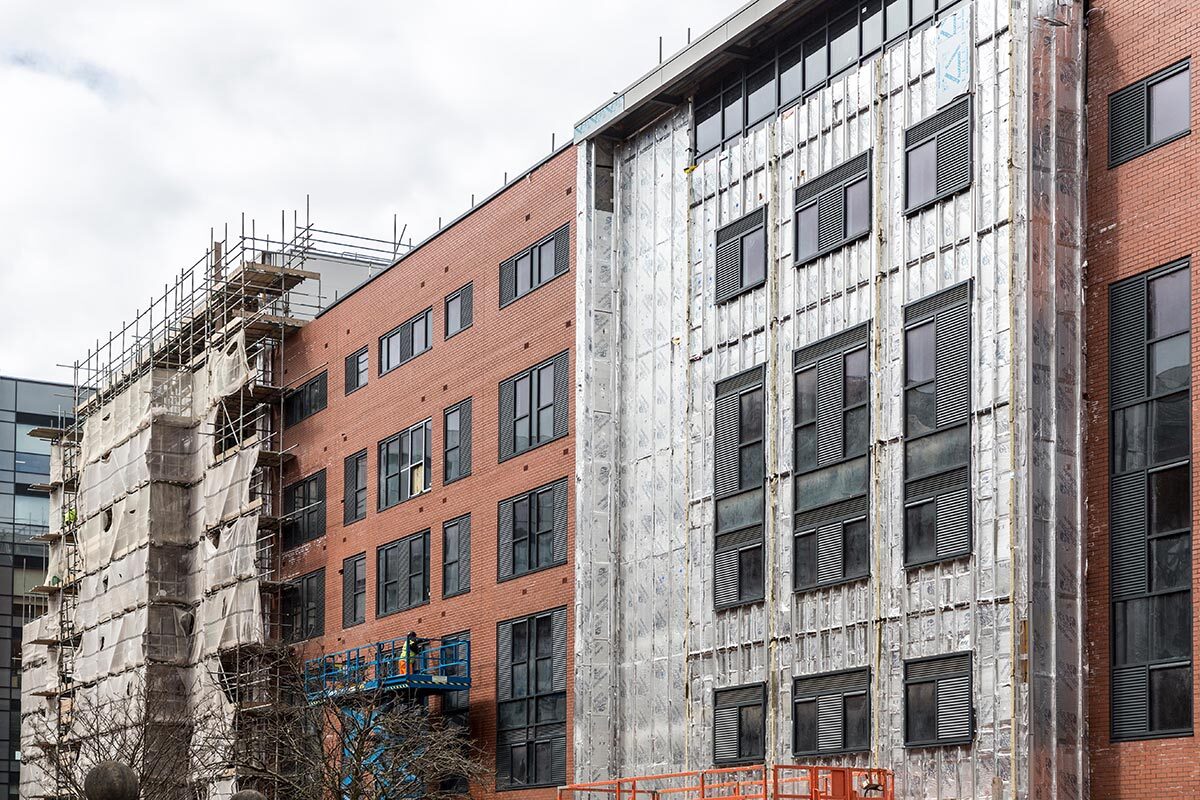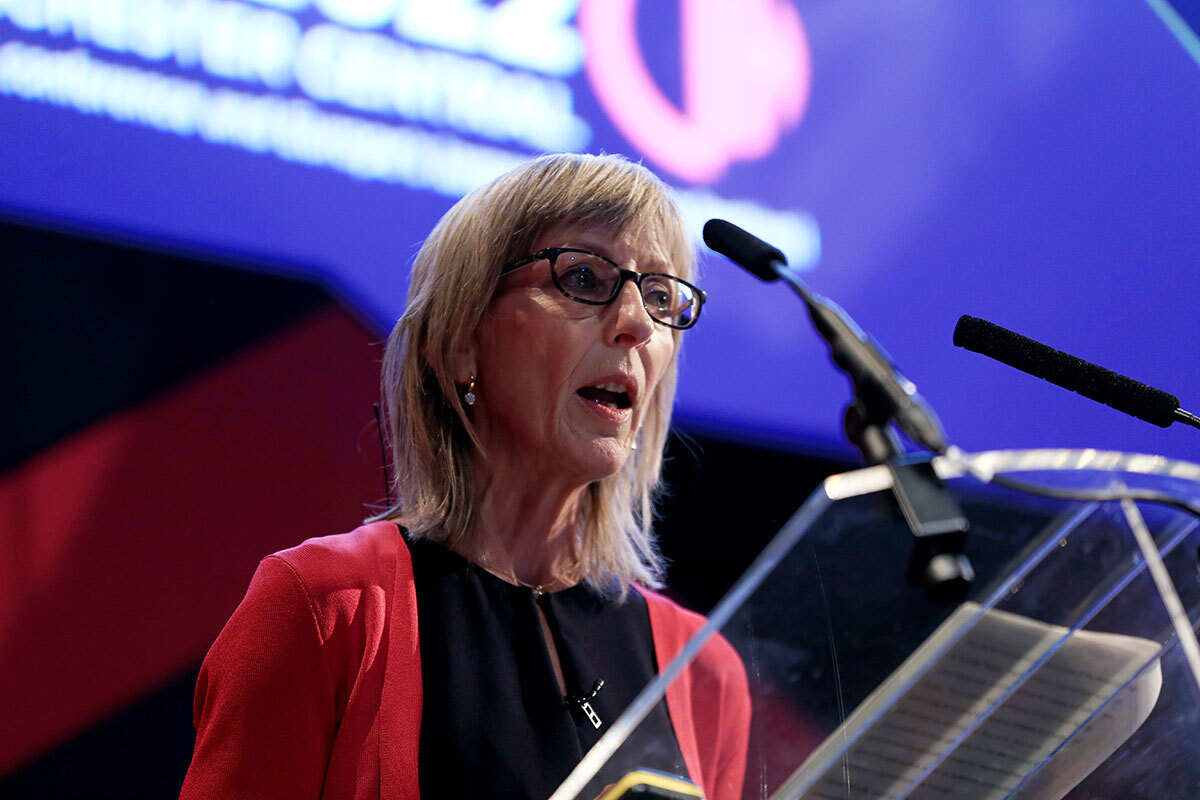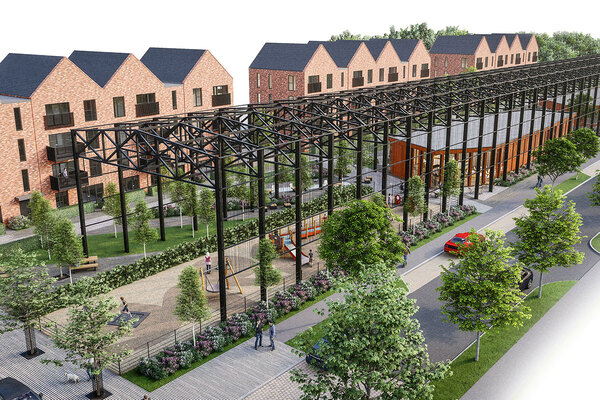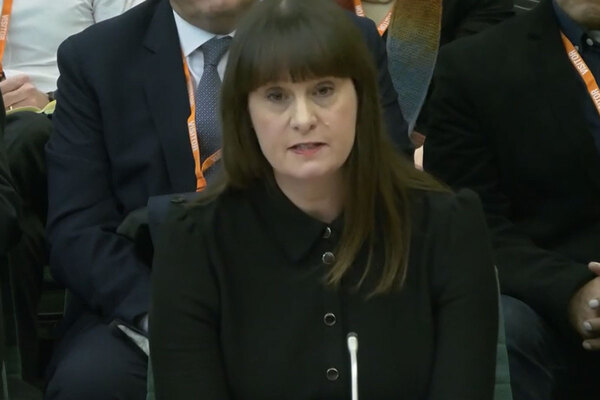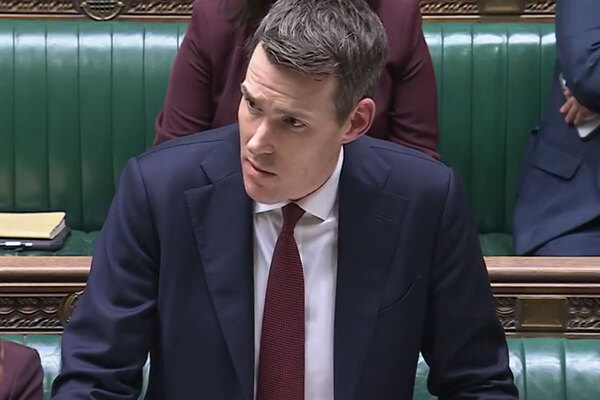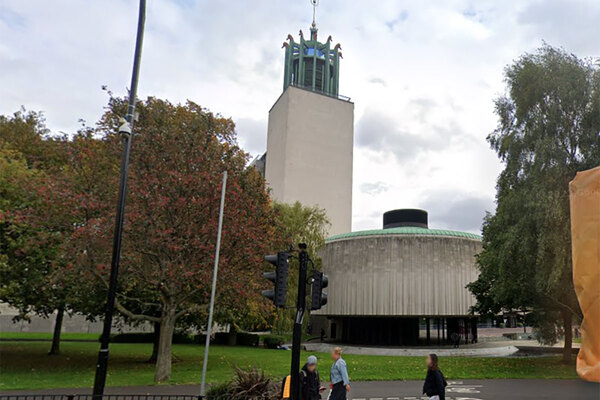You are viewing 1 of your 1 free articles

Jules Birch is an award-winning blogger who writes exclusive articles for Inside Housing
Missed opportunities and politicians sat on their bottoms
Jules Birch considers the missed opportunities to fix the housing crisis since 2010
The thing that struck me after Gillian Keegan’s hot mic moment is that virtually any other Conservative cabinet minister could claim the same thing.
OK, it may be stretching it a bit to say that Rishi Sunak, Jeremy Hunt et al are doing “an effing good job”, but they could quite reasonably say that “everyone else has sat on their arse” (even if we might debate the use of “else”).
Schools with crumbling reinforced autoclaved aerated concrete (RAAC) have inevitably become a metaphor for the state of the country and the government’s attitude to public investment, chiming perfectly with Keir Starmer’s attack lines about “sticking plaster politics” and “cowboy builders”.
But think for a minute about housing. Michael Gove could reasonably claim to have done more than all his predecessors to tackle a building safety crisis even more serious than RAAC, and more to restore the legitimacy of social housing even as he promises long-delayed reforms of leasehold and private renting.
Whether that amounts to an “effing good job” very much remains to be seen: the building safety crisis continues for those left outside Mr Gove’s settlement and his commitments on the other three areas are mostly rhetorical rather than actual.
In the meantime, councils are going bankrupt and housing associations are cutting their development programmes. Housebuilding in general is falling: while ministers continue to proclaim the government’s target of 300,000 new homes a year by the mid-2020s, they have surrendered to the Tory backbenchers on planning and there is no chance of hitting it.
All this as homelessness is rising, temporary accommodation is at record levels, a crisis in refugee housing is developing and RAAC could yet prove to be a problem in housing.
But take a longer-term view and it’s becoming clearer by the day that the entire panoply of previous Tory housing secretaries and ministers squandered a historic opportunity to tackle arguably the central policy problem they were faced with: how to house the millions of people who need decent, secure and affordable homes but cannot afford to buy.
“What was good for landlords was bad for first-time buyers and housing benefit could not take the strain of higher rents unless they made the whole system meaner and more likely to generate homelessness”
In the era of ultra-low interest rates that followed the global financial crisis, governments could have borrowed to invest in a housing programme offering social and affordable homes across a range of different income groups.
The last Labour government did move in that direction between 2008 and 2010, but we all know what came next under the coalition: deep cuts in the Affordable Housing Programme (AHP) and the wholesale replacement of social by affordable rent.
It is hard to think of anyone more suited to sitting on his arse than Eric, now Baron, Pickles, who would go on to demonstrate as much during his excruciating “I do have an extremely busy day” appearance at the Grenfell Tower Inquiry.
As communities secretary in 2010 he was the man who signed off on the cuts, but there is another way of looking at what he did back then: the AHP could easily have disappeared completely rather than surviving under the compromise of affordable rent.
Sitting on your arse can be better than actively making things worse – and those funding decisions were driven by the Treasury rather than departmental secretaries of state.
The neglect continued after 2015, sometimes accompanied by hostility to the very idea of social housing and its residents – until Grenfell made that untenable to say out loud.
But there is another way of looking at the arse-sitting of the 2010s: at exactly the same time as governments were missing the historic opportunity of low interest rates to invest in housing, another group of investors were taking advantage to fill the gap.
The growth of buy-to-let began well before the financial crisis, of course, but the 2010s were the decade when it became clear that the housing system as a whole was dependent on its continued growth.
The housing stock as a whole has grown by four million homes during this century, with the social housing sector showing a slight decline and the private rented sector alone growing by 2.8 million homes.
Ministers slowly woke up to the fact that what was good for landlords was bad for first-time buyers and realised that housing benefit could not “take the strain” of higher rents unless they made the whole system meaner and more likely to generate homelessness.
“Think back to the early 2010s and George Osborne used to talk about ‘fixing the roof while the sun is shining’. All the while, he was doing the exact opposite, metaphorically in the case of housing, literally in the case of school buildings”
But they have still not recognised the full folly of making the housing of millions of lower-income households dependent on the personal investment decisions of wealthier individuals.
As we are already seeing, it does not need an “exodus of landlords” for this to unravel, just an end to growth as landlords with an average age over 60 decide to cash in what they see as a pension.
Think back to the early 2010s and George Osborne used to talk about “fixing the roof while the sun is shining”. All the while, he was doing the exact opposite, metaphorically in the case of housing, literally in the case of school buildings.
No prizes for guessing the identity of the education secretary sitting on his arse in 2010 and cutting back a Labour scheme that would have rebuilt schools now afflicted by RAAC.
He is of course the same man who can talk an effing good job as housing secretary but is running out of time to prove it.
Jules Birch, columnist, Inside Housing
Sign up for our daily newsletter
Already have an account? Click here to manage your newsletters

